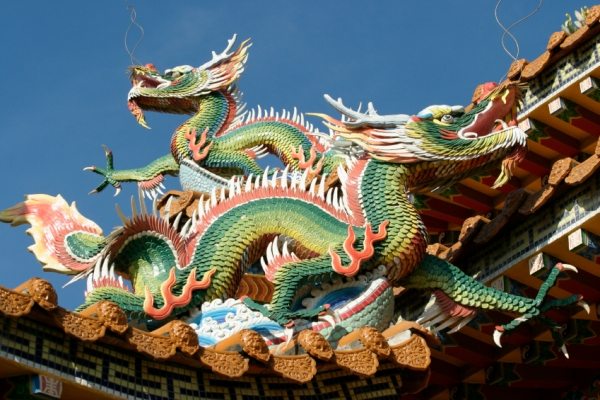Asian Architecture
Episode #5 of the course “Brief history of architecture”
The Asian continent encompasses many countries and a variety of ethnic groups with different cultures and histories. Some of the oldest and most sophisticated societies on the planet, these ancient peoples built great wonders of architecture dating back to 5,000 BCE. Stretching from the Indus valley to northern Mongolia, from Turkey to the islands of Indonesia and Japan, ancient Asian architecture is known for its rich diversity.
From about 3,000 BCE to approximately 1,600 BCE, the two dominating ancient Indian cities were Harappa and Mohenjo-Daro. They show extraordinary city planning, including a sewer drainage system. Although no palaces or grand examples of ancient construction remain, the cities were laid out with indoor plumbing in virtually every home, powered by a nearby well. Most homes were constructed with thatch or timber, although pieces of many remain from carved stone.

City layout of Mohenjo-Daro
Most Asian architecture was influenced by ancient religions, with influences from Hinduism and Buddhism becoming evident. Temples and worship sites incorporate or heavily focus on the influences of nature, even being carved as tunnels out of mountainsides. Buddhist temples include large open pavilions to accommodate prayer or meditation in large groups and are likely to incorporate acoustic elements into their design.

Ancient Buddhist temples in Bagan, Myanmar
China is the largest single country in Asia, and its architectural influence overlaps current national borders. The ancient Chinese carved animals and creatures (such as dragons) into their temples and palaces, and they decorated many homes and public buildings with symbolic ornamentation. The revered ancient architect Li Jie wrote the textbook used to teach Chinese architecture for over 300 years called the Yingzao Fashi.

The figure of a dragon on the roof of a Chinese temple
Yellow was always the official color of the Emperor and was reserved for Imperial buildings. Some buildings were U-shaped with courtyards in the center, some were open pavilions, and some were pagodas that housed religious texts and artefacts. As China conquered lands, Chinese architects and engineers incorporated the designs of those lands and developed new styles according to the preference of the Emperor.

The Forbidden City (Chinese imperial palace from the Ming dynasty to the end of the Qing dynasty), Beijing, China
Learn Something New Every Day
Get smarter with 10-day courses delivered in easy-to-digest emails every morning. Join over 400,000 lifelong learners today!
Recommended book
“A World History of Architecture” by Michael Fazio
Share with friends


